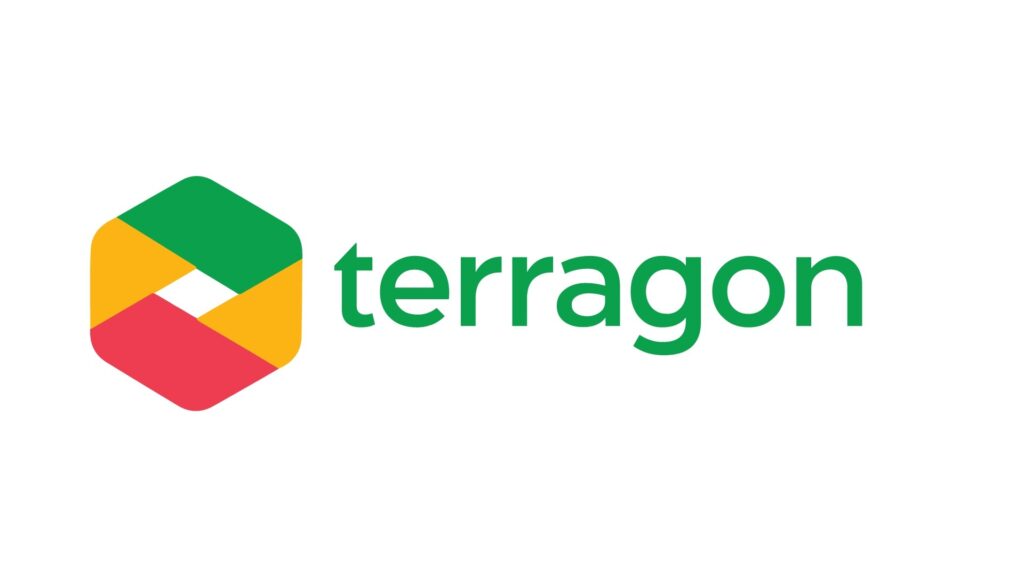Build or buy? How Lytics composable CDP empowers brands to take a hybrid approach
August 7, 2023Today, expert estimates show that more than 80% of business intelligence efforts fail: often caused by factors like outdated technology, friction-laden processes, and inaccessibility to data. Unfortunately, the path to failure can be costly. But the reward for getting it right? For mastering your organization’s ability to leverage data access, insights, and activation? Priceless.
To successfully leverage data, businesses must both ensure they have the right reporting tools in place, and make smart investments in the necessary infrastructure to clean, organize, and provide real-time access to customer data from multiple sources and in a variety of formats. For many organizations, this has driven investments in a CDP. But CDPs have failed to be a panacea for all customer data ills, causing many to consider the age-old “build vs. buy” dilemma.
How do you decide whether to build or buy? You start at the beginning, but consider implications for the future.
Build or buy? Considerations to keep in mind
As clients make investment decisions and build vs. buy decisions, it’s important to understand key trends to ensure that they end up with future-proof solutions that can power innovative customer programs, while complying with all current and emerging data-use regulations.
On one hand, building your own data pipeline and piecing together your own solution stack gives you complete flexibility over the design and functions. On the other, buying one is more affordable and time-effective. But will it offer the flexibility required?
Data starts out in data lakes and databases, and often, this data is disorganized and not usable for decisioning. So, companies typically clean and transform it using processes like:
- Data virtualization
- ETL (extract, transform, and load)
- Data replication
Given the advances in cloud data warehousing, many companies have started to move down the “build” track, thinking that if they just get all of the data together, the rest will take care of itself. But building takes time, requires that you have the right resources, and can grow in complexity (and cost). For example, scope creep, unexpected obstacles, and new requirements can easily blow up your budget and cause massive financial headaches. Plus, pipeline maintenance becomes the responsibility of in-house teams.

On the other hand, others consider buying packaged solutions to save time and money, only to realize later that they lack the flexibility they need to power their own use cases, and that the vendor has locked them into a system that is failing to deliver.
But what if you could have the best of both worlds? The flexibility, fast time-to-value, and ease of buying CDP — and the control your organization wants to keep. It’s possible, but so far, a fairly well-kept secret (until now).
Build and buy: A hybrid approach that lets you do more with less
At Lytics, we’re seeing more and more organizations leaning toward a partial build: meaning that they center their approach around their existing data warehouse and then piece together their data strategy solution with the help of pipeline management tools. Say you want to build your pipeline to maximize control, but you don’t want to build from scratch. In that case, you’re not really buying the pipeline, per se. Rather, you’re buying the software that enables you to build pipelines. We call this hybrid approach the “build and buy” solution.
By definition, a composable solution is made up of pieces that can be broken apart and plugged in. With a build and buy approach, you’re buying the components of a composable solution, and then using those tools to build your pipeline.
To take advantage of the build and buy approach, you’d need a composable solution, like Lytics CDP. But with the oversaturation of vendors in the CDP space, and the hesitance from organizations who don’t understand their true value, most brands have not yet embraced this “best of both worlds” approach.
What’s causing the misunderstanding around CDPs?
Since joining Lytics, I’ve heard quite a bit of speculation that the Customer Data Platform (CDP) space is struggling or dying – mostly for failing to live up to its promises. After years of trying to connect data by creating “yet another” data silo – this time within the CDP vendor’s solution stack – many companies have failed to see ROI and have started to reject the very idea of their first-party data being under somebody else’s control. What are they getting wrong?
And importantly, is the CDP dead, or does it just need to evolve?
With the new era of cloud data warehousing, it’s easier than ever for organizations to take on the promise of a truly integrated data warehouse. A new CDP variant, Customer Data Infrastructure (CDI), was even born to tackle the data movement challenge in a more robust way.
What many organizations are missing is that the CDP promise was never supposed to be about building a warehouse — or about moving data. It’s supposed to be about using data to improve business performance. And that promise is still alive and well.
Why “build and buy” with Lytics CDP?
At Lytics, we offer a next-gen, composable customer data platform designed to offer fast and lasting value.
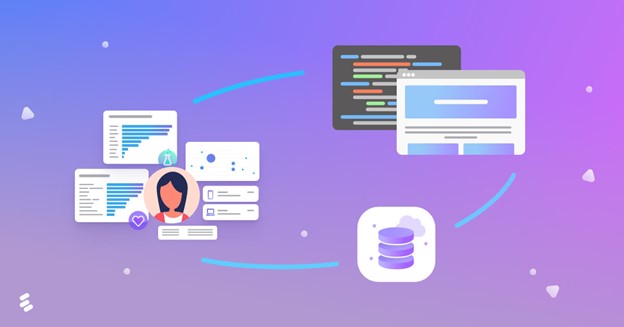
Our composable solution provides organizations with a long list of advantages, and lots of flexibility to manage their data, their way.
1. Providing an open network of data
The next generation of customer-centric companies — those Lytics is committed to serving — will require more from their data. Much of today’s data is collected by martech vendors simply to power their own applications. This “application-driven” approach to data collection and use has dominated the industry from its inception. Proprietary data, locked in applications – with APIs to move data around. “Application-driven” vendors collect data primarily to power their own applications – closed, proprietary systems, where the data is specific to the application and designed primarily to work well with itself.
A “data-first” approach is different.
Being “data first” means that your emphasis is on understanding the customer, democratizing data, and making data available to an entire, diverse ecosystem. It also means making full use of the data that already exists within your organization, and fully leveraging the investments that your organization has already made in data warehousing – not creating fresh, application-driven silos.
- This is the Lytics approach.
- This is also why reverse ETL has started to gain traction as a practice.
Understanding the Lytics approach: CDP 2.0
As a data-first company, of course we can help you build a data warehouse if you don’t have one. But if you do have one, we help you use it and make it better. We do that by writing incredibly robust profiles to your data warehouse, by extracting attributes from your data warehouse to augment those profiles and by activating it all across your full ecosystem. We use ML to help you build unified profiles and audiences and maintain this all in real-time as you attract new customers who need to be nurtured from anonymous to known, or as you add new channels and data sources.
We believe that companies can leverage CDI, Reverse ETL and CDP to create an open network of data that makes data more valuable and useful from all data sources and accessible and available to all teams, channels, platforms and tools. That’s data-first.
Why brands are turning to reverse ETL solutions
Reverse ETL allows you to activate data from your existing data warehouses into some of the types of destinations historically served by the CDP, such as email and marketing automation tools. This has led to some robust discussion within the data community about CDP vs. Reverse ETL, as if it is a contest to be won, or like determining which is more useful – a hammer or a screwdriver. We think this is a false choice. The real choice is between an open, data-first approach vs. a closed, proprietary approach that’s application-driven, not data-first.
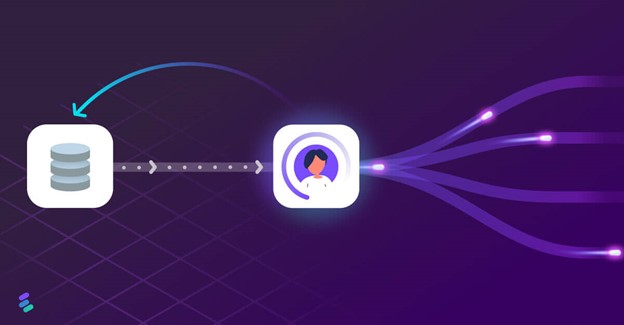
In an open system, the customer takes ownership and control of the data in their warehouse and then leverages the tools they need to connect out to the applications they want to fuel with data. That’s a shift from the old model where the applications (which had databases built in) shared data with each other – and could maintain a closed network – application to application – Salesforce to Marketo – but in this model the customer takes control and the data is abstracted from the application and thus, “open” and accessible, which means that it can be used by any application or tool or channel.
2. A flexible and composable alternative to monolithic solutions
The monolithic CDP is a problem, whether it’s part of a large suite of tools (i.e., the acquired marketing cloud stack of Adobe, Salesforce, or Oracle) or if it’s a single solution from a pure-play CDP vendor. Monolithic solutions become an all-or-nothing proposition, making big promises and getting stuck in long-term implementations. Even worse, organizations sometimes find themselves in a difficult position after having their CDP “thrown in” with the purchase of other parts of the marketing stack. Why? It’s simple. Monolithic vendors know that locking you in means long-term profitability for them.
Lytics takes a different approach: one with intention. Our composable CDP breaks down the problems, challenges and workflows of CDP into independent, yet interoperable component pieces, which enables us to meet customers where they are today with our solution, and to grow with them over time. It allows us to configure solutions for customers that help them capitalize on their investments in data and marketing technology, and make all of it work better.
3. A customer-owned environment with more control and no vendor lock-in
At Lytics, we see that, more and more, customers ultimately want their data in their own environment, and not locked into their vendor’s proprietary application-based systems. In an ideal world, customer-owned data environments might be hosted on a commercial cloud like Google Cloud (GCP) or Amazon, but remain customer owned and controlled.
Based on this shift, we expect to see more first-party solutions living in the customer’s environment (i.e. their warehouse, their clean rooms, etc.), populated and synchronized with martech solutions and ad networks. With customer owned and controlled data, organizations can break through vendor lock-in by separating the data from the tool vendors.
4. Flexible deployment models for your global operations strategy
Let’s face it. Privacy regulations and best practices continue to emerge and evolve, and a future-proof solution in such a dynamically changing environment requires a truly unique approach. The idea of a SaaS solution operating in singular, massive data centers is not the approach sought by innovative, modern and future-ready companies.
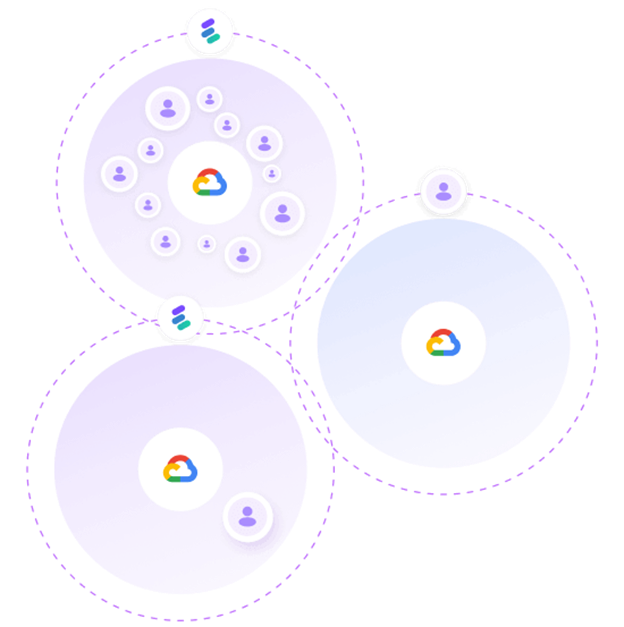
To stay compliant and competitive, organizations need full ownership and control over their data, and for some organizations, data residency requirements are forcing organizations to deploy solutions locally, or to be isolated from others as private instances, or even part of an organization’s own cloud infrastructure as a private cloud solution.
To put it quite bluntly, most CDPs are not engineered to enable this. At best, you may get to select which “region” your data center is operating in, but more granular options are generally not available — because monolithic solutions require monolithic deployments. Lytics offers all of these options, enabling you to own your data and solutions, while capitalizing on best of breed capabilities, ensuring compliance, and keeping data governance top of mind.
5. A reputation for unmatched marketing and ad optimization
Marketing and ad optimization is where CDP started, but many organizations today still need help getting it right. In fact, because so many have become mired in the process of connecting data and building data warehouses, we’ve forgotten that there’s real ROI to be delivered from optimizing marketing programs and advertising spend.
This is where the most money is spent, and where the most money is wasted. It’s also the area that has traditionally depended heavily on third-party technologies and data: techniques which are quickly becoming obsolete.
Lytics ensures that helping companies spend advertising dollars intelligently will continue to deliver astounding ROI for customers who commit to a data-driven approach. In fact, we’re the best CDP for the job, according to Forbes Advisor’s April 2023 assessment. Because it’s costing more and more to acquire new customers, especially on popular social platforms, leveraging your own first-party data and machine learning can help you offset rising customer acquisition costs by making your ads work harder for you.
Long live the Composable CDP
Lytics composable CDP exists to put data first, to break dependence on single-vendor solutions, and to move more control and ownership of data back into the customer’s hands. It provides a future-proof solution for reinventing how customer’s use data to build relationships with their customers — and finally delivers on the promises of CDP in a way that CDI or Reverse ETL alone cannot.
To fuel the next generation of customer-centric companies, we have built a modern set of data tools that fit uniquely with the cloud warehouse. Conductor, to help you de-silo customer data sources. Cloud Connect, to support marketer-driven segmentation and insights. And Decision Engine, our data activation tool built for intelligent decisioning.
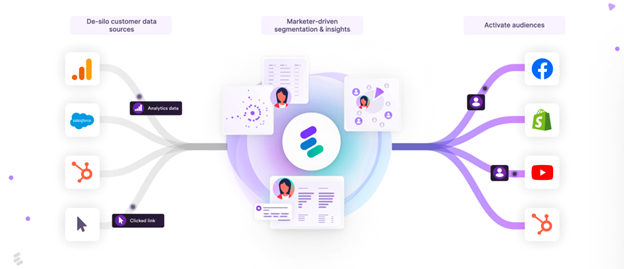
We believe that the composable, open, modern data stack will challenge the closed proprietary data networks (aka Marketing suites) that have been built by the likes of Adobe, Salesforce and Oracle on an old catalog of acquired applications and technologies, duct-taped together over the years and no longer relevant or even viable in today’s modern data ecosystem. CDIs, Reverse ETL and CDPs will create a new level of connectivity and data democratization that will challenge the old proprietary data models and open up new opportunities for tomorrow’s data-centric organizations.
This article was originally published on Lytics website. Click here to see the original blog post.

